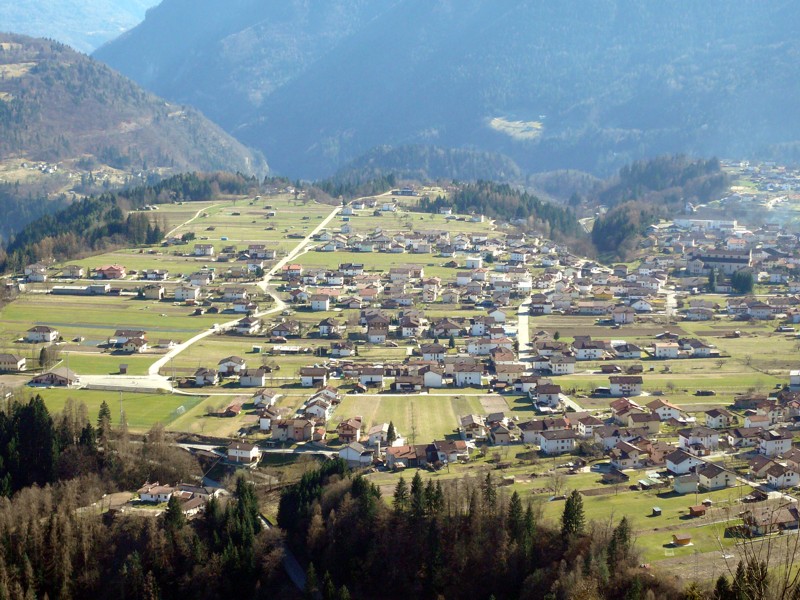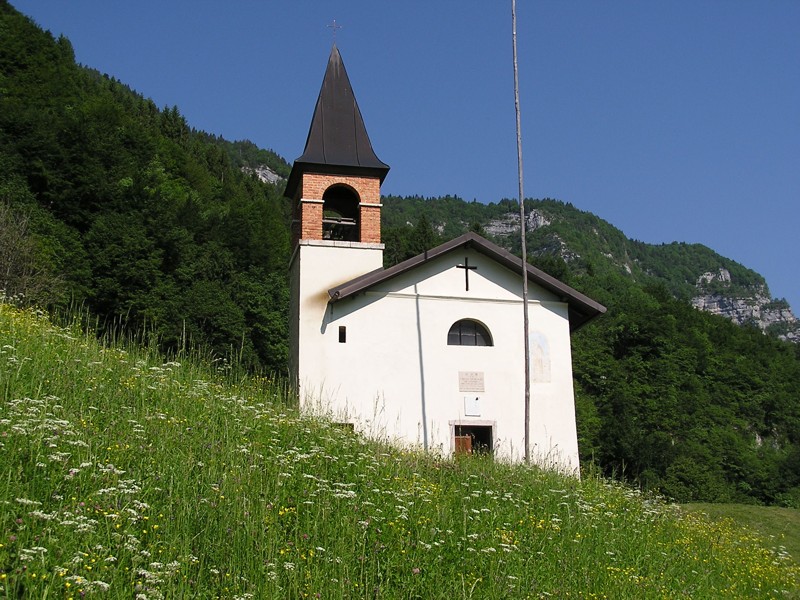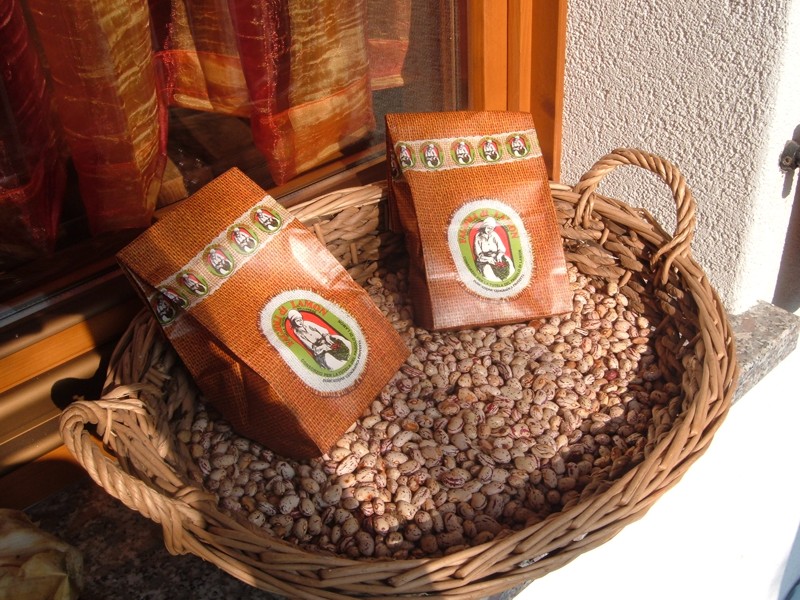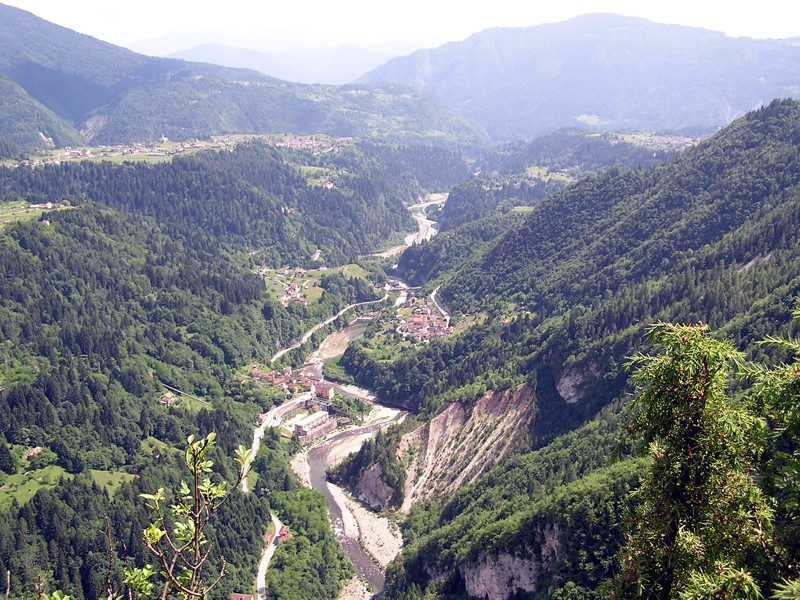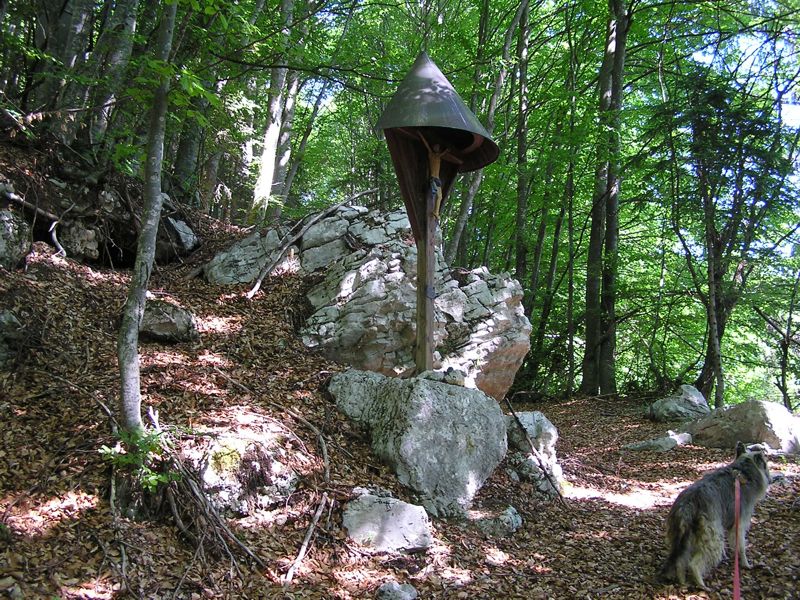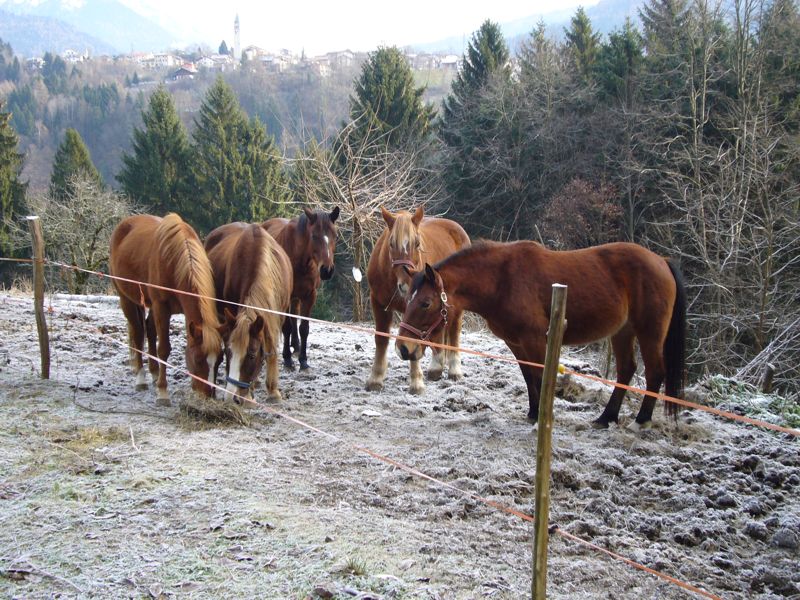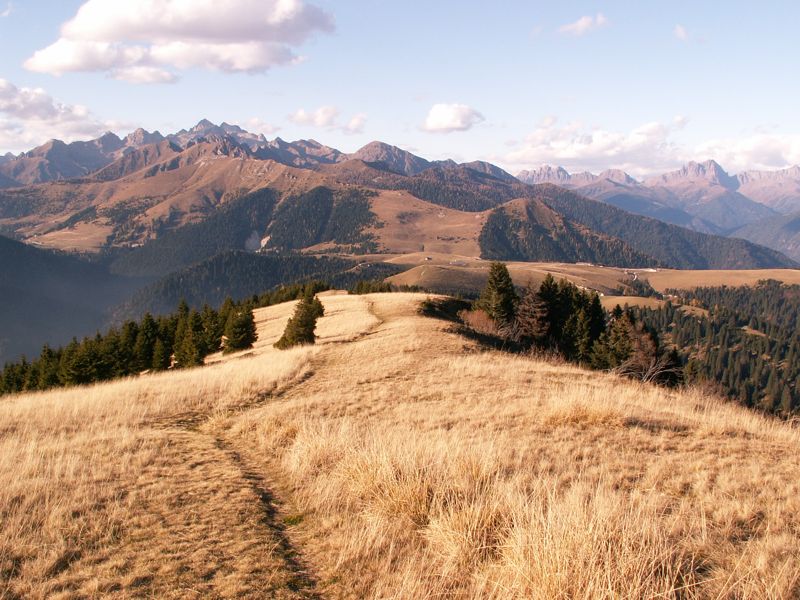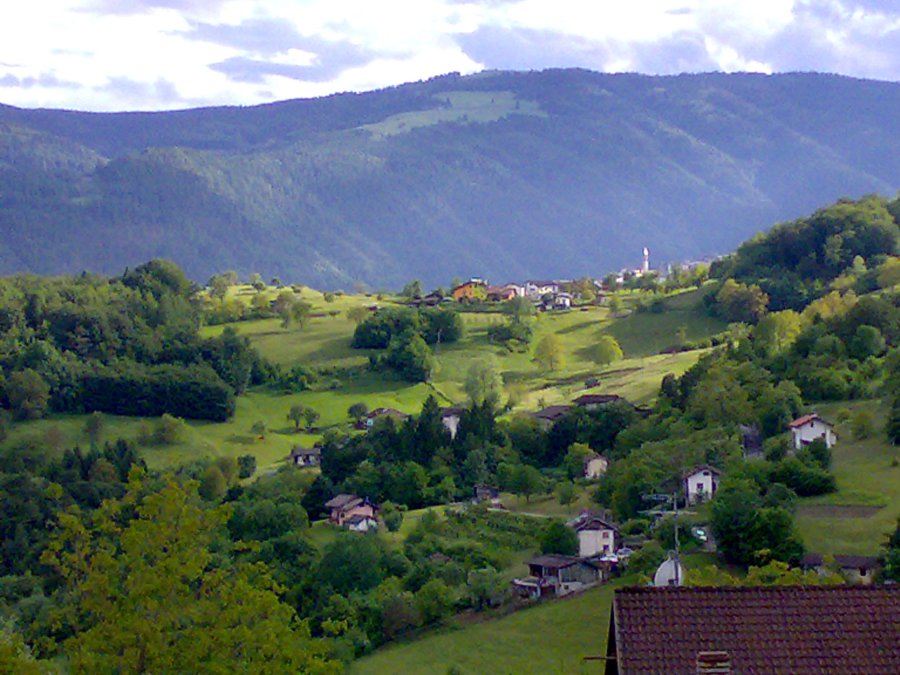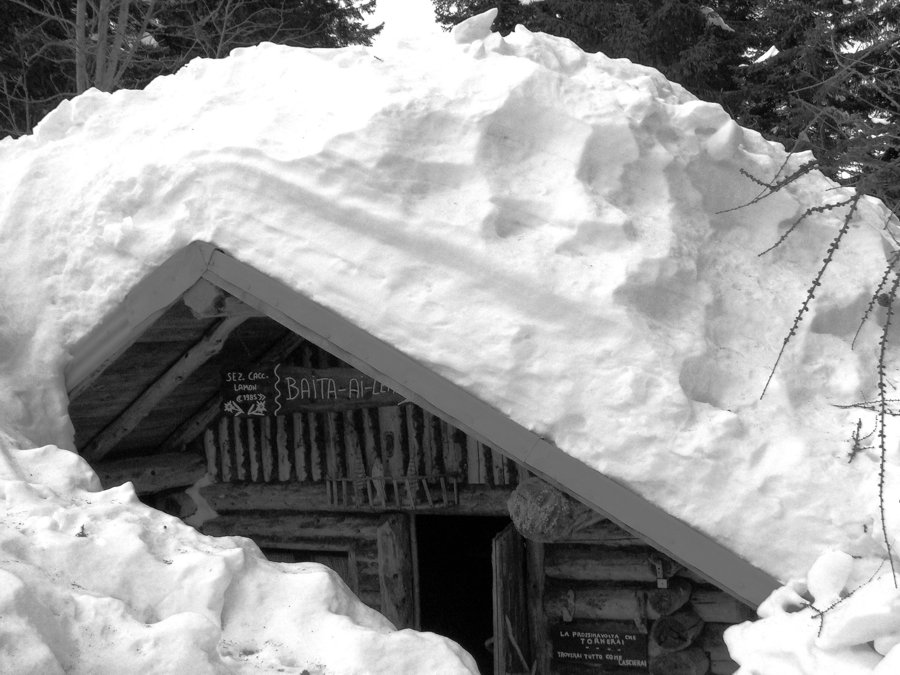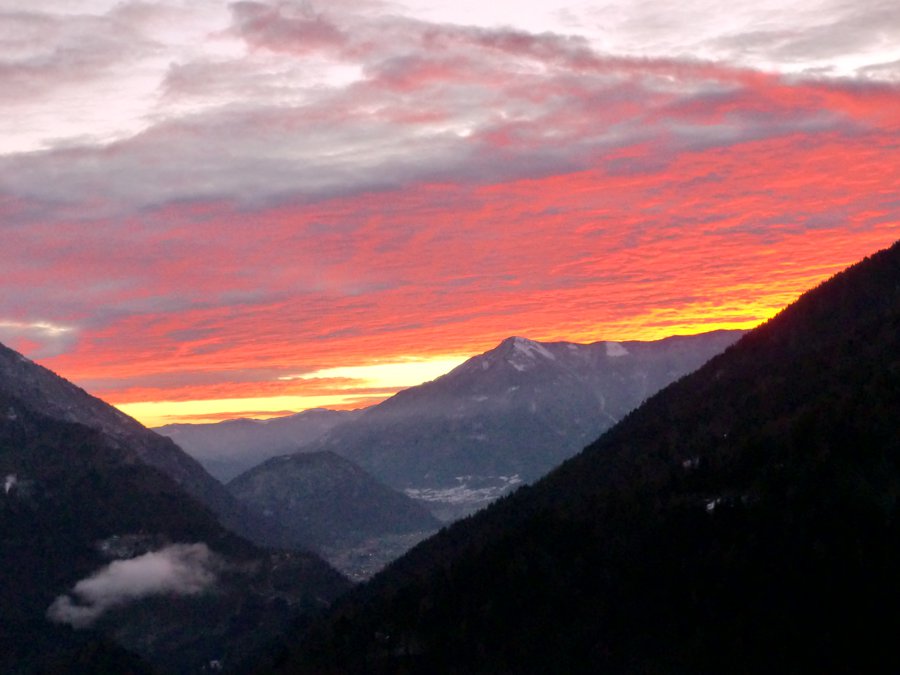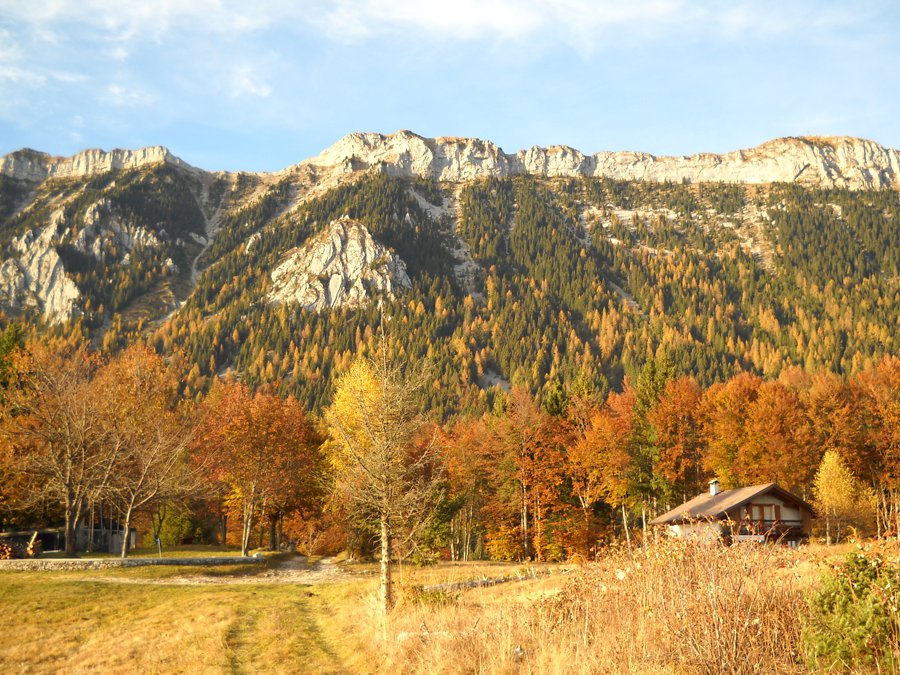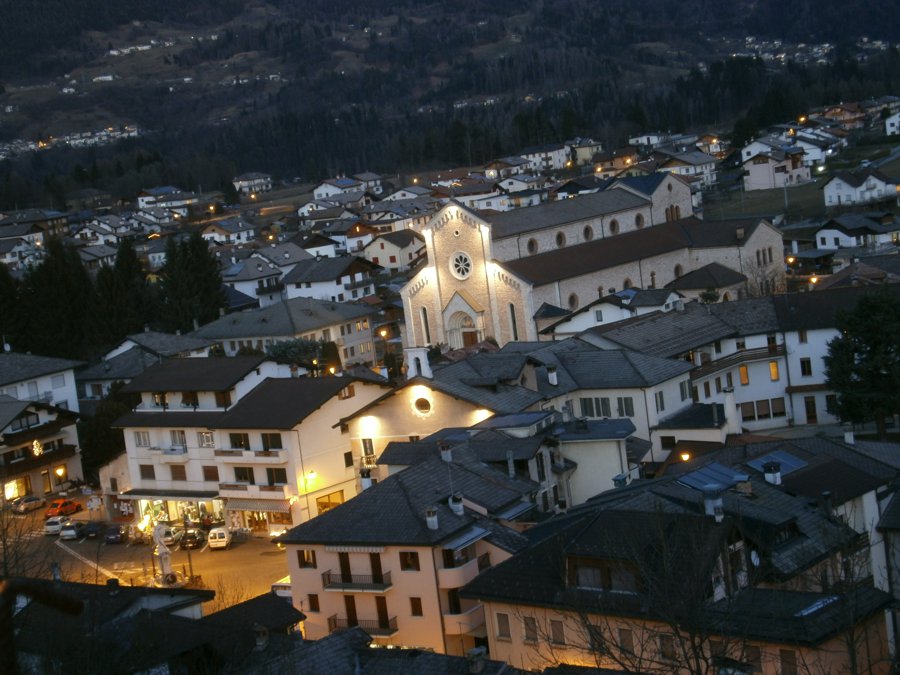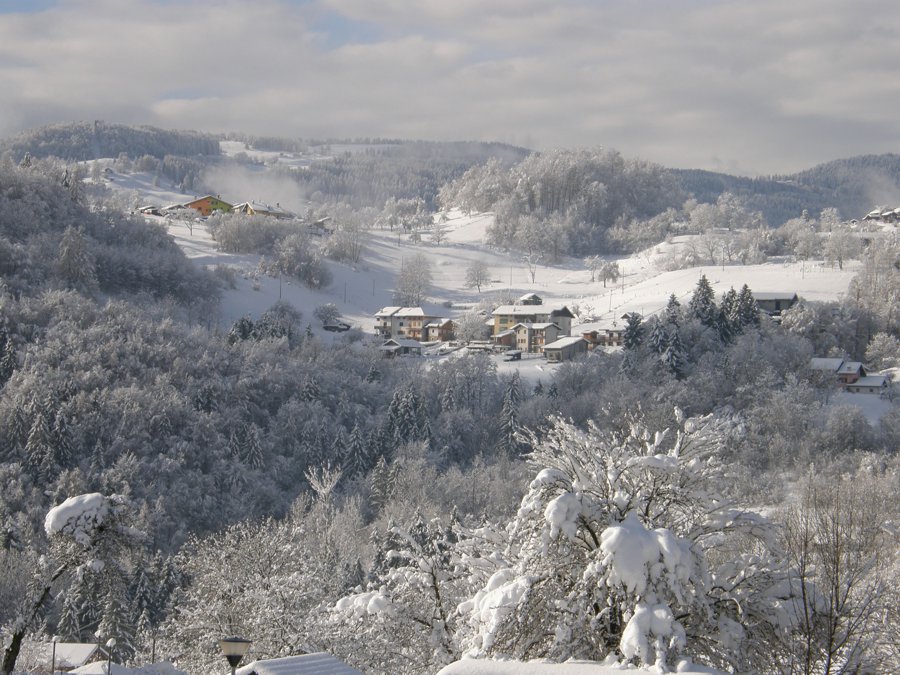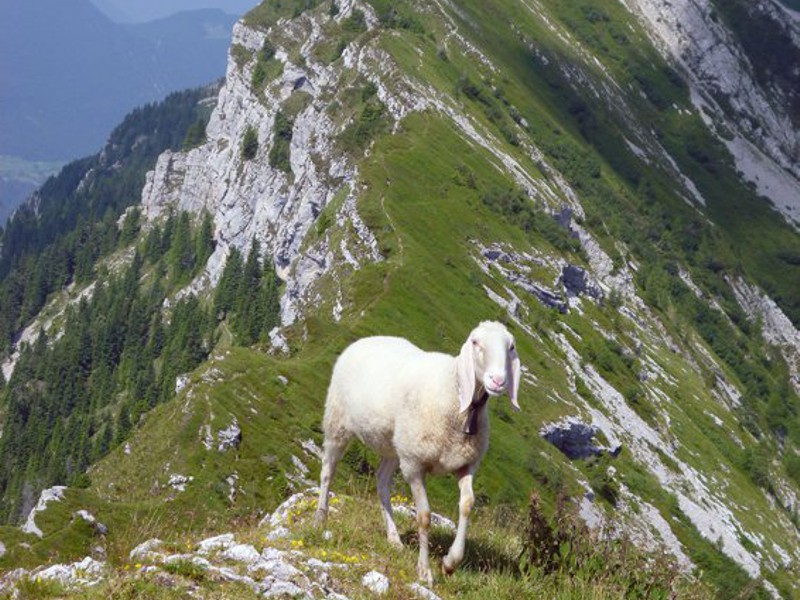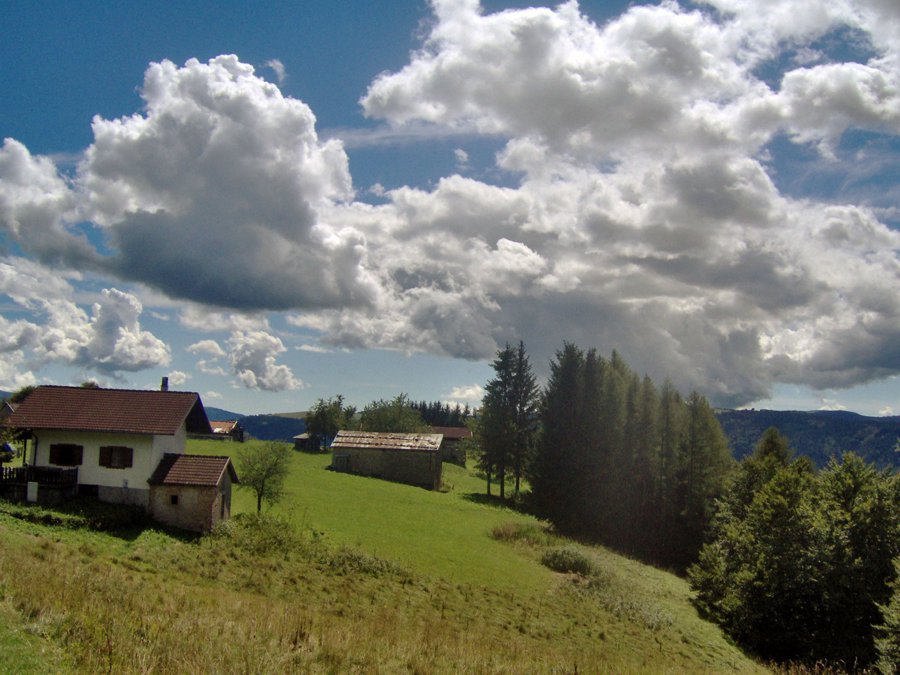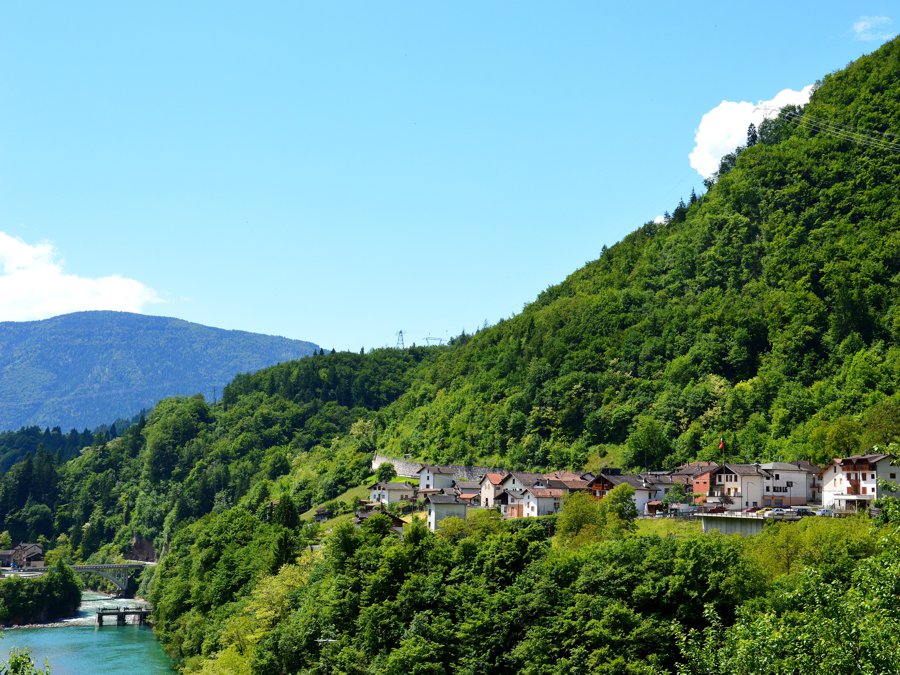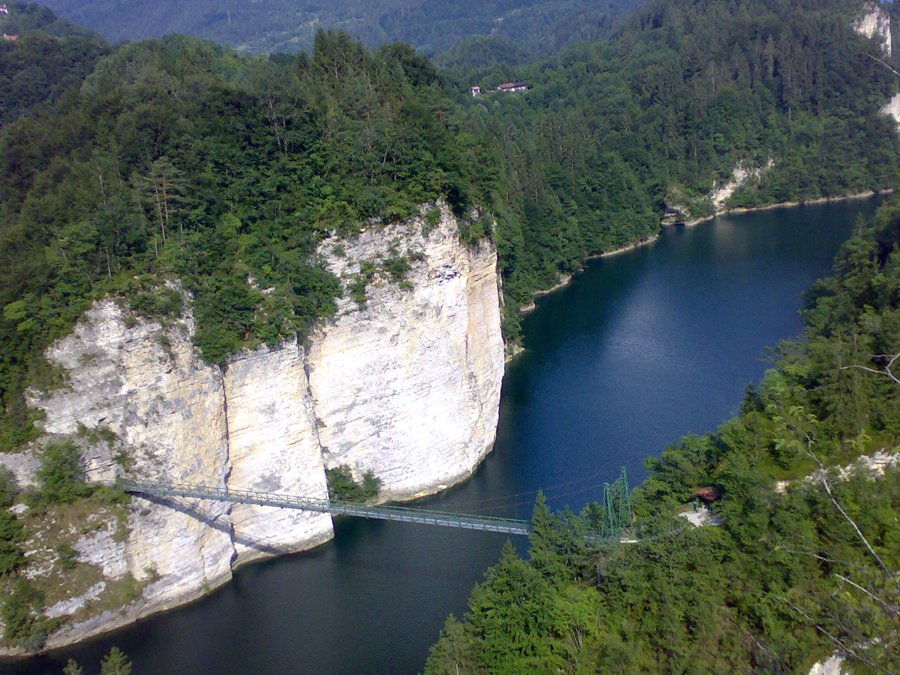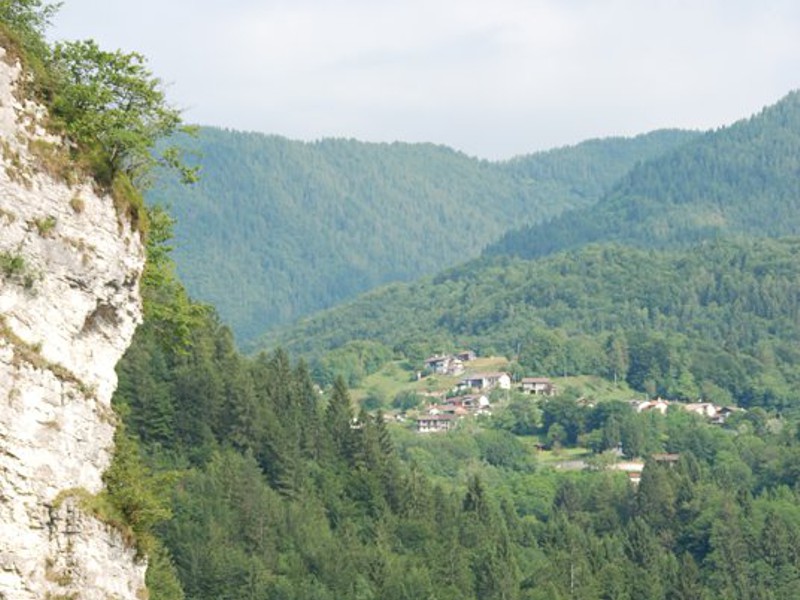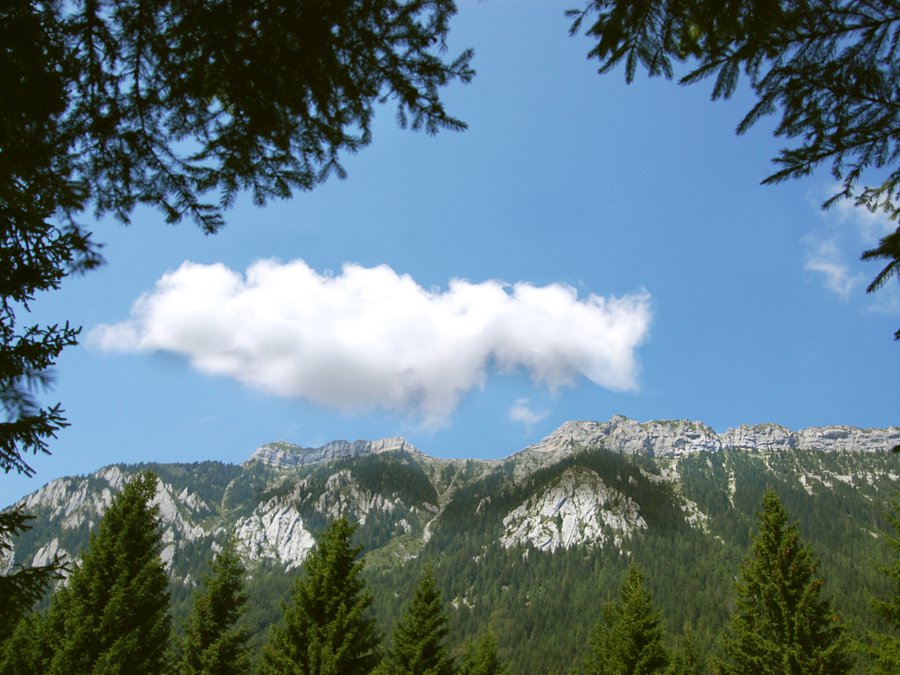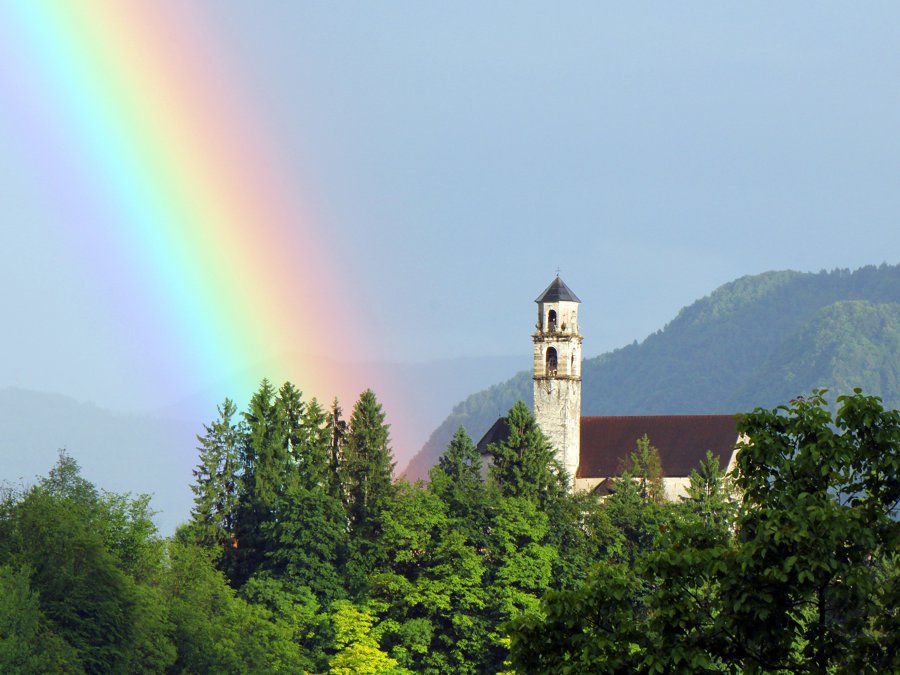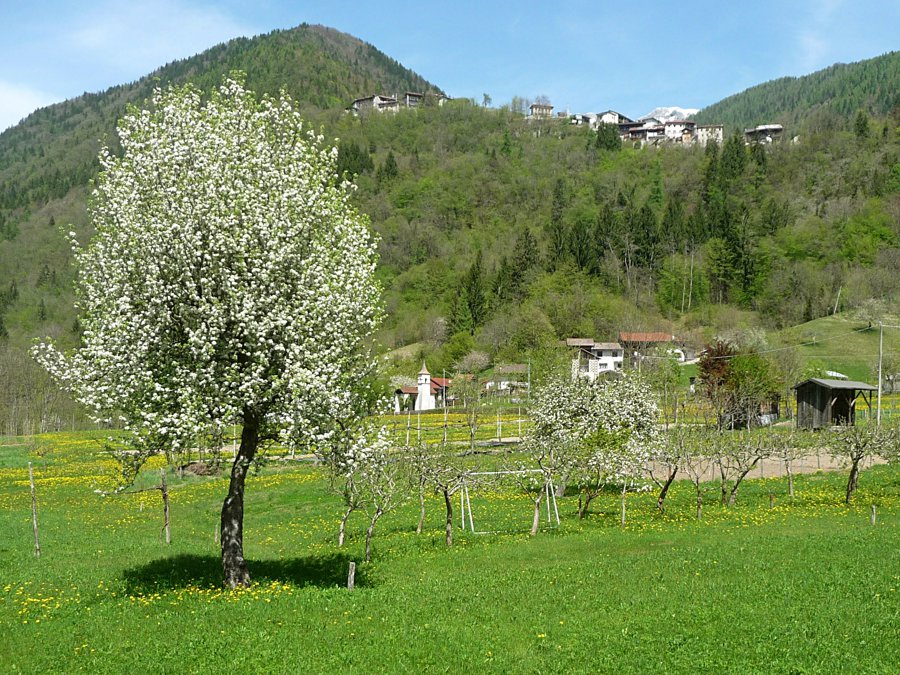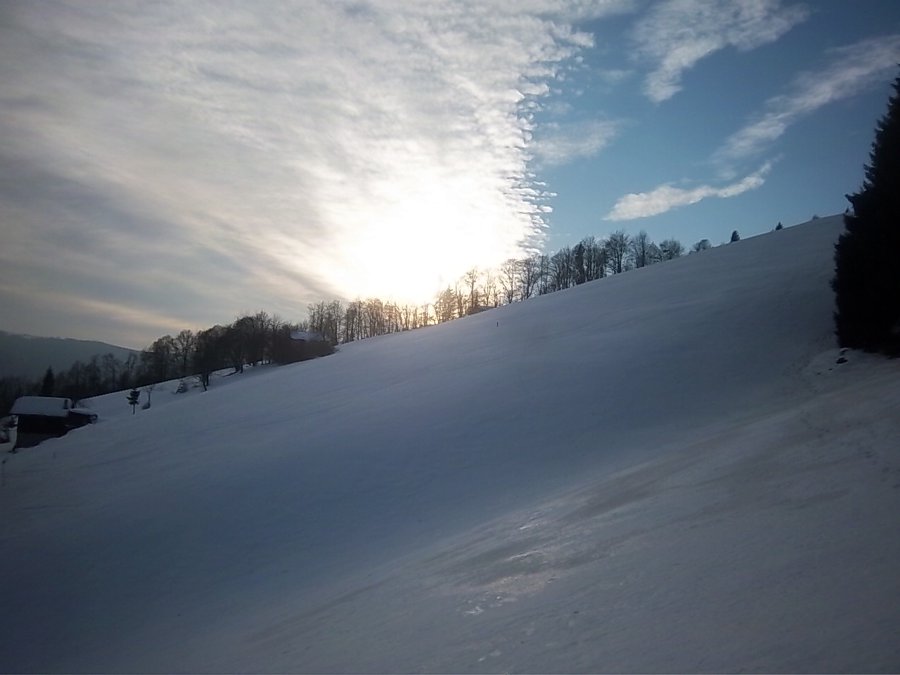The area
The uplands of Lamon open up to the threshold of the Dolomites of Primiero - San Martino and of the National Park of the Bellunese Dolomites and at the edge of the western Feltrino. The highlands are connected to the rest of the region, respectively, by the ideal paths that run by the waterfalls of Cismon and by the ancient Claudius Augustus Way (Via Claudia Augusta).
The Lamon area is characterised by more than 5400 hectares of green grassland that extends from 400 to 2000 metres of altitude above sea level in a typically mountainous Alpine climate. Numerous springs flow down to the bottom of the valley in the clear streams of the waterfalls of Senaiga and the waterfalls of Cismon. More than 130 kilometres of road give access to a mountain which has still preserved almost intact its charm and the millennial work of nature on its sides.
Life has existed in the Lamon highlands for millennia, as has been testified by the discovery of a prehistoric hunter of notable interest, which was discovered in 1988 in Val Rosna, on the face of the overhanging cliff of the Cismon waterfall.
More recently, the fossilized remains of fauna were discovered in the grotto of San Dona. Among these discoveries, palaeontological significance was particularly given to the findings related to the Ursus Spelaeus, a bear of gigantic proportions that was widespread in the Alpine arc (the skeleton of one of these bears has been completely reconstructed and is viewable in the entrance to the town hall).
The area of Lamon, Romanized around the 1st century AD, was crossed by the Via Claudia Augusta, a military road which connected Altino with Rezia. Its path was interspersed with fortifications, one of which was very likely built on the Hill of San Pietro, where was later built the eponymous parish church. Between the end of the nineteenth century and the beginning of the twentieth century, many traces of Roman life (tombs, jewels and coins) were discovered, both on the hill itself and in the surrounding area. A few hundred metres from the centre, on the road for San Donato, a recently restored Roman bridge is visible from the Via Claudia Augusta. The construction is made of a single span held up by a curved arch and entirely made of conchs of local stone.
The chalice of the Diacono Orso can be traced back to the high medieval period. Dated between the 5th and the 6th centuries, the silver chalice is formed of a large cup supported by a low base on which these words are inscribed: DE DONIS DEI URSUS DIACONUS SANCTO PETRO ET SANCTO PAULO OPTULIT. Beginning from the seventh century, the village began to organise itself in a form of rural community: the Parish was born as a religious body and enjoyed a broad autonomy, tempered only by the authority of the Bishop. The Papal Bull of Pope Lucius III (1184) confirmed the parish of Lamon as one of the most ancient of the Feltrino, with benefices and privileges accumulated in the centuries until it became a rural diocese church.
Since the Middle Ages the econonomy of Lamon has been founded on agri-pastoral activity, as can be seen from the intervention of Bishop Drudo da Camino in 1177 which settled a border dispute between Lamon and bordering villages. From 1330 the parish of Lamon, a series of written norms were published, collected in the "Regola" (rules), relating to the use of the pastureland, the treatment of the livestock and the exploitation of the land. The whole community, by way of an assembly of family heads and functionaries, participated in the governing of the Parish, which maintained for some centuries a high level of autonomy, favoured by an organisation marked by its inflexible tradition and rigid particularism. Despite the submission to the Venetian Republic by the Feltre region in 1404, local laws continued to preserve their validity, but the domination of the Serenissima gradually became more oppressive.



